How do I navigate my Galaxy smartphone?
Learning how to use a new phone can be a pain, especially if you are switching to a totally new manufacturer or operating system. Fortunately, Samsung's One UI is specifically designed to make using and navigating your phone a breeze. One UI was created to make using your phone natural and intuitive while keeping things as simple as possible. Find out how to use and customise your new home screen, find your apps, use the quick settings and more.
If you still need to set up your new device, follow along with the video below.
Your Galaxy smartphone will have a number of buttons and ports around the outside of the device. Each Galaxy device has Volume keys and a Power/Side key so that you can easily adjust the volume and turn your device on. The diagram below shows all of the buttons and ports that are on the Galaxy S10 but depending on your specific device, the buttons and ports may be different. Consult your user guide or download the E-manual to find out more about your buttons and ports.
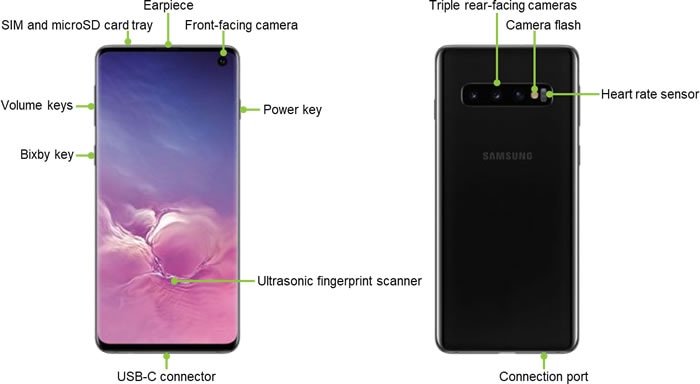
The main screen on your Galaxy smartphone is called the home screen. This is the first screen that you will see when your device has been turned on or unlocked. Your home screen gives you quick and easy access to your favourite apps and widgets and shows you what is going on through notifications.
Please note: your home screen may look different to the one below, however, the structure will be the same
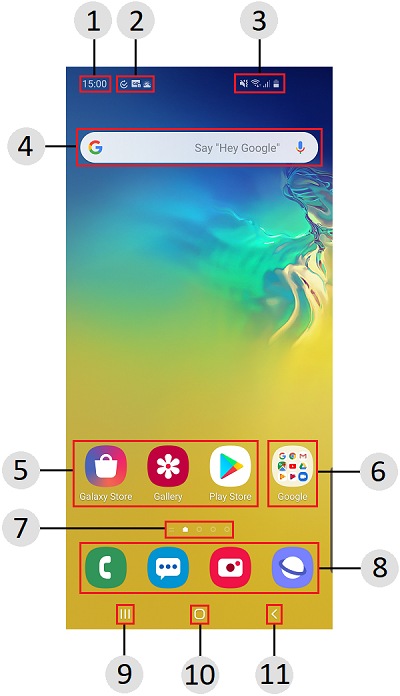
All of the apps on your phone can be found in your app pages. Your Galaxy smartphone will come with a selection of pre-installed apps for you to use, but you can always download more from the Galaxy Store and Play Store.
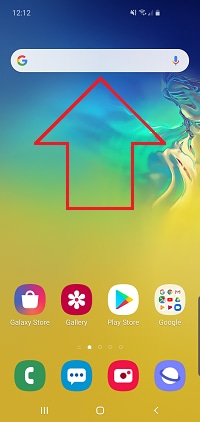
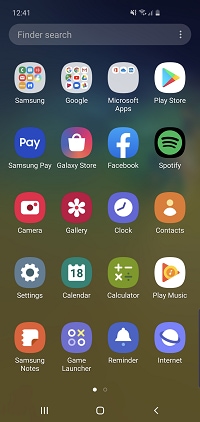
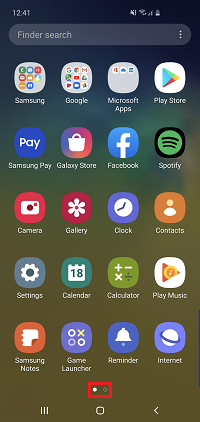
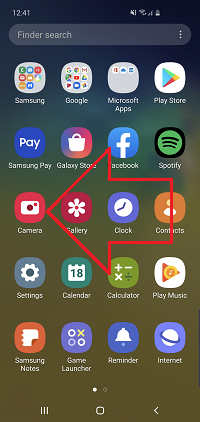
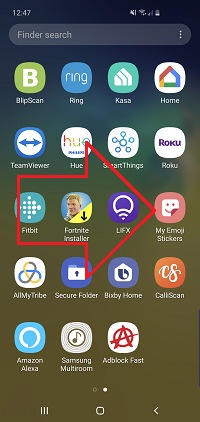
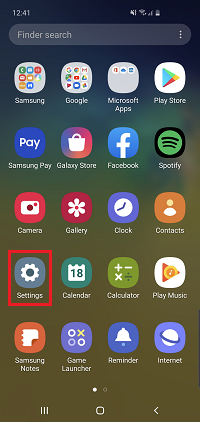
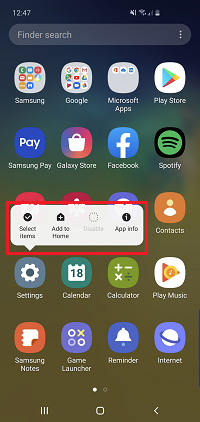
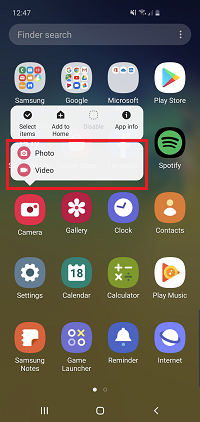
Finder search on your Galaxy device allows you to search through the contents of your settings and compatible apps, removing most of the steps to navigate to what you are looking for. You can use Finder search to find specific settings, contents of your emails, files and much more. If you can't find it, search for it.
Please note: in the example below we are looking for a new wallpaper app but you can use Finder search to look for anything

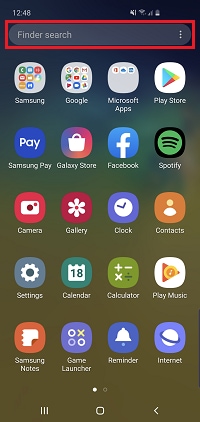
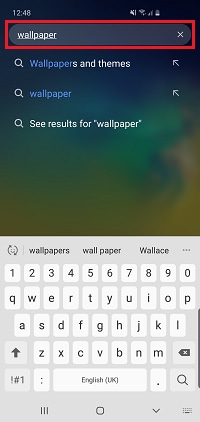
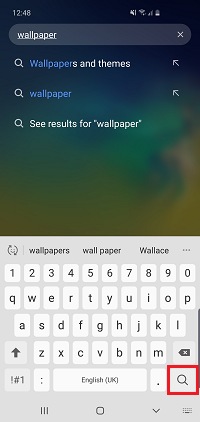

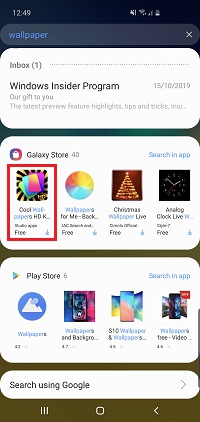
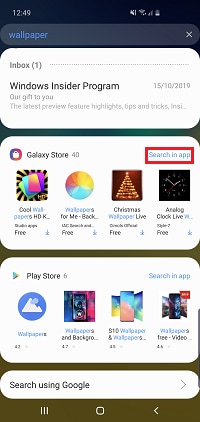

Your Galaxy smartphone has access to a convenient quick settings menu that allows you to easily turn on and off some key features of your device.
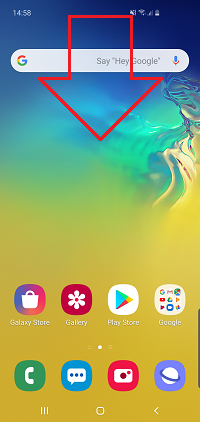
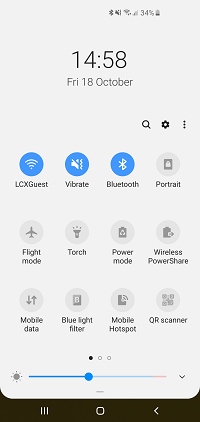
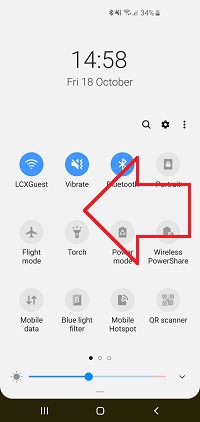
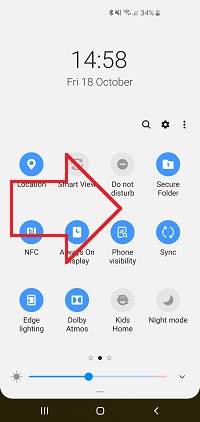
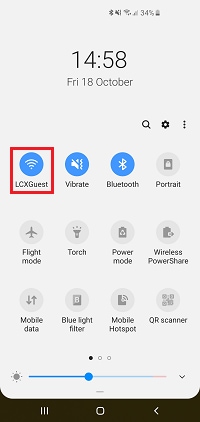
You can make your phone easier to use and navigate by customising your home screen. You can move apps and create app shortcuts, create extra home screen pages and add useful widgets. You can also customise your home screen by adding your own wallpaper. Find out more about changing the wallpaper on your Galaxy smartphone.
How do I move my apps?

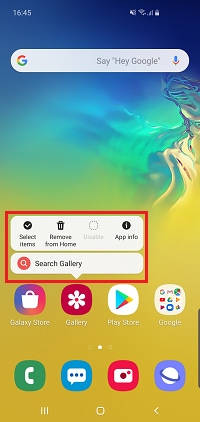


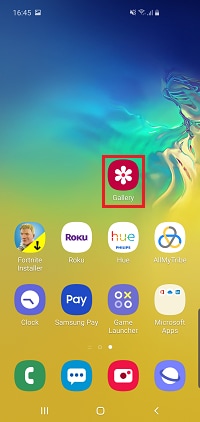
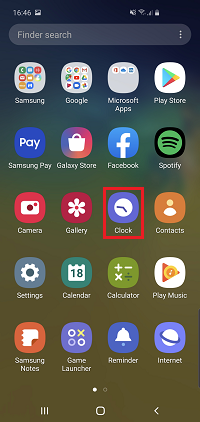
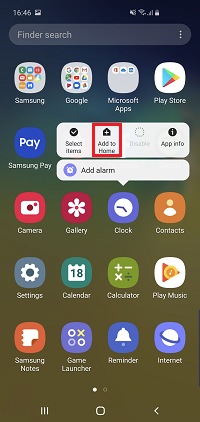
How do I create a folder?
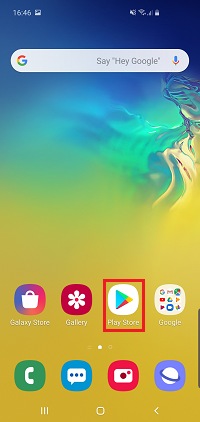
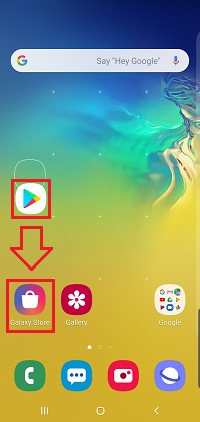
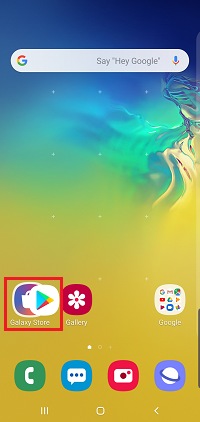
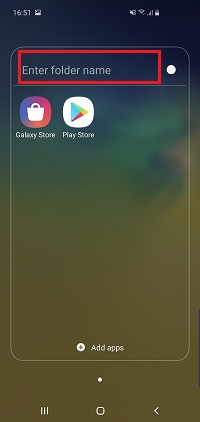
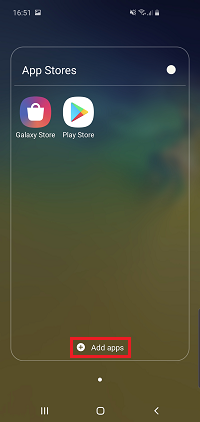
Find out more about using and managing apps on Galaxy smartphones.
How do I add extra home screen pages?

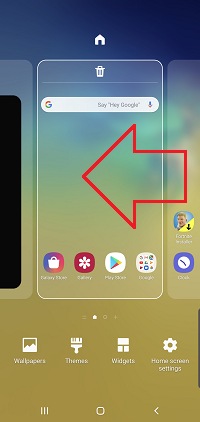

How do I add a widget?

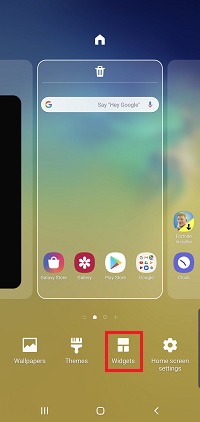

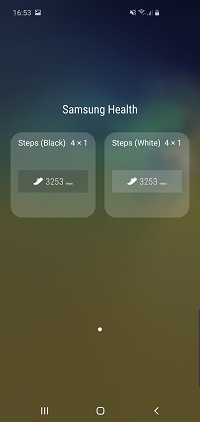

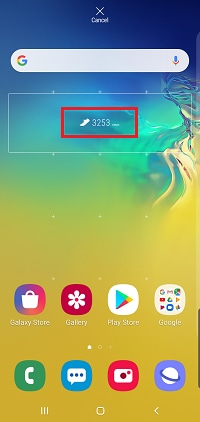

If you're experiencing unusual behaviour on Samsung mobiles, tablets or wearables, you can send us an error report or ask us a question in the Samsung Members app.
This allows us to take a closer look at what is happening. The data is anonymised and only held for the duration of the investigation. Find out more about sending an error report through the Samsung Members app.
Thank you for your feedback!
Please answer all questions.